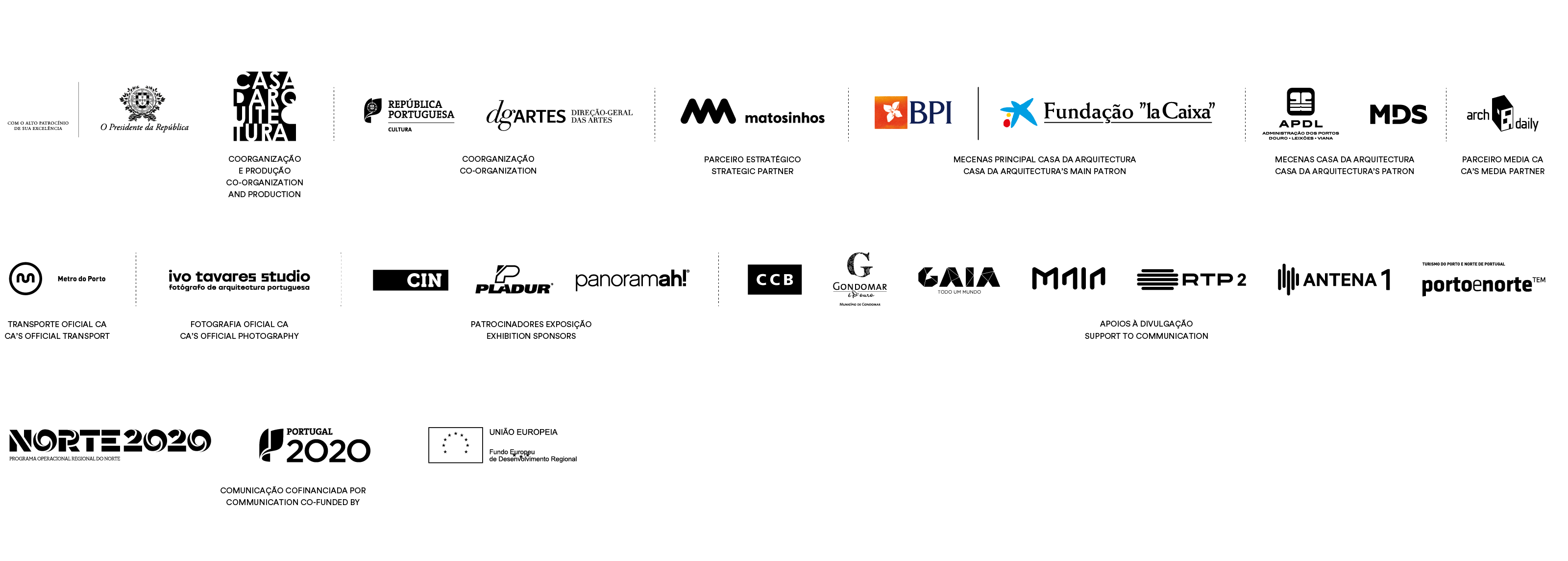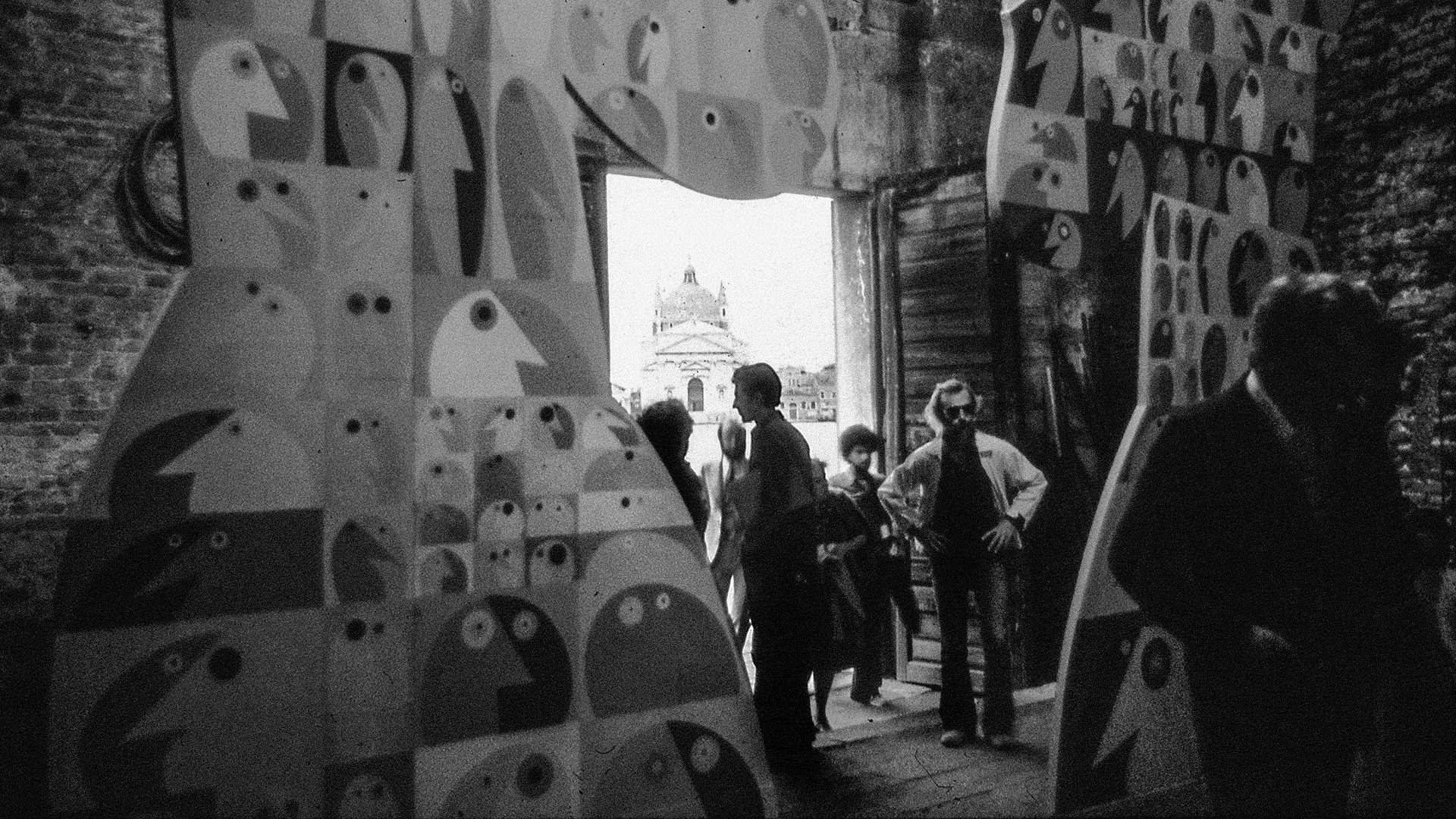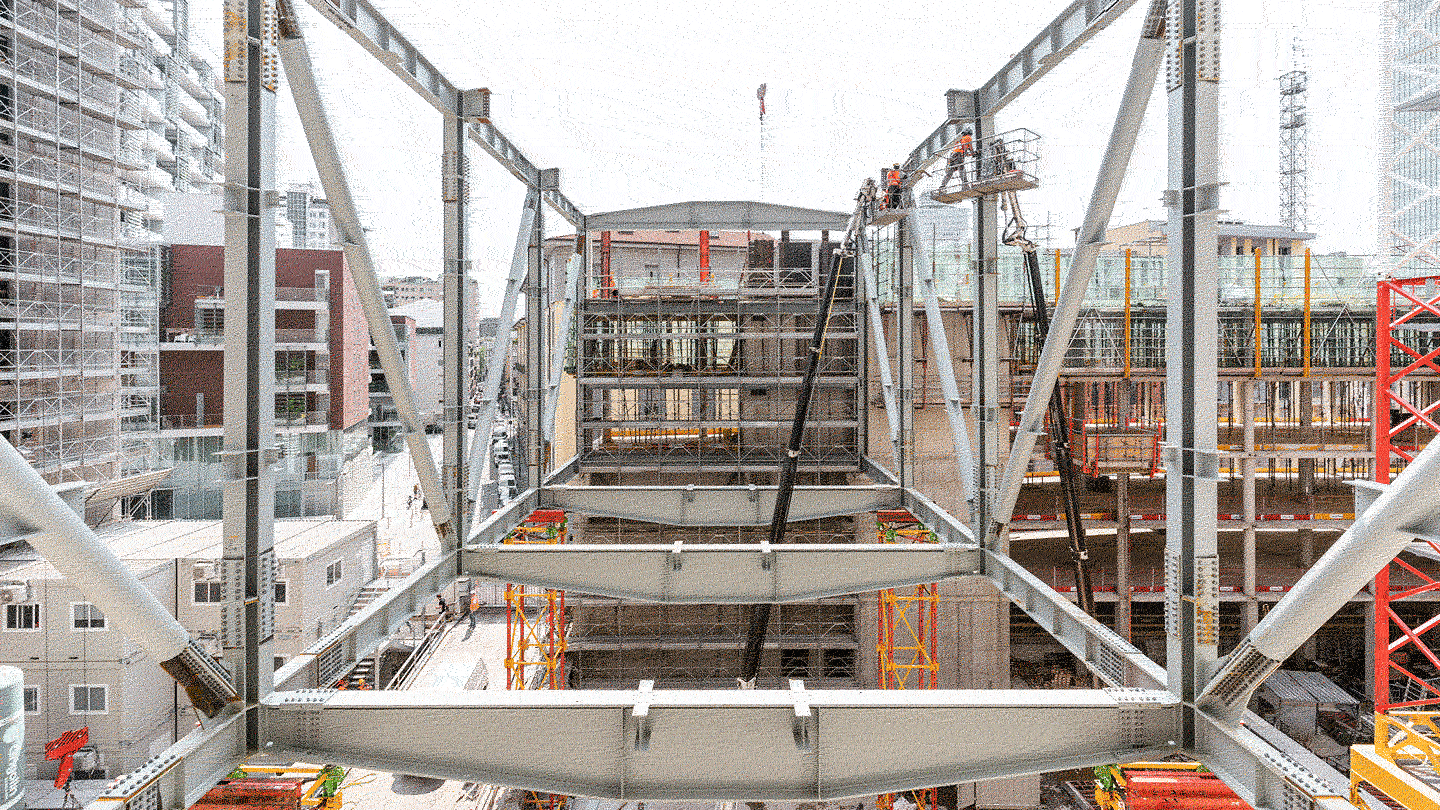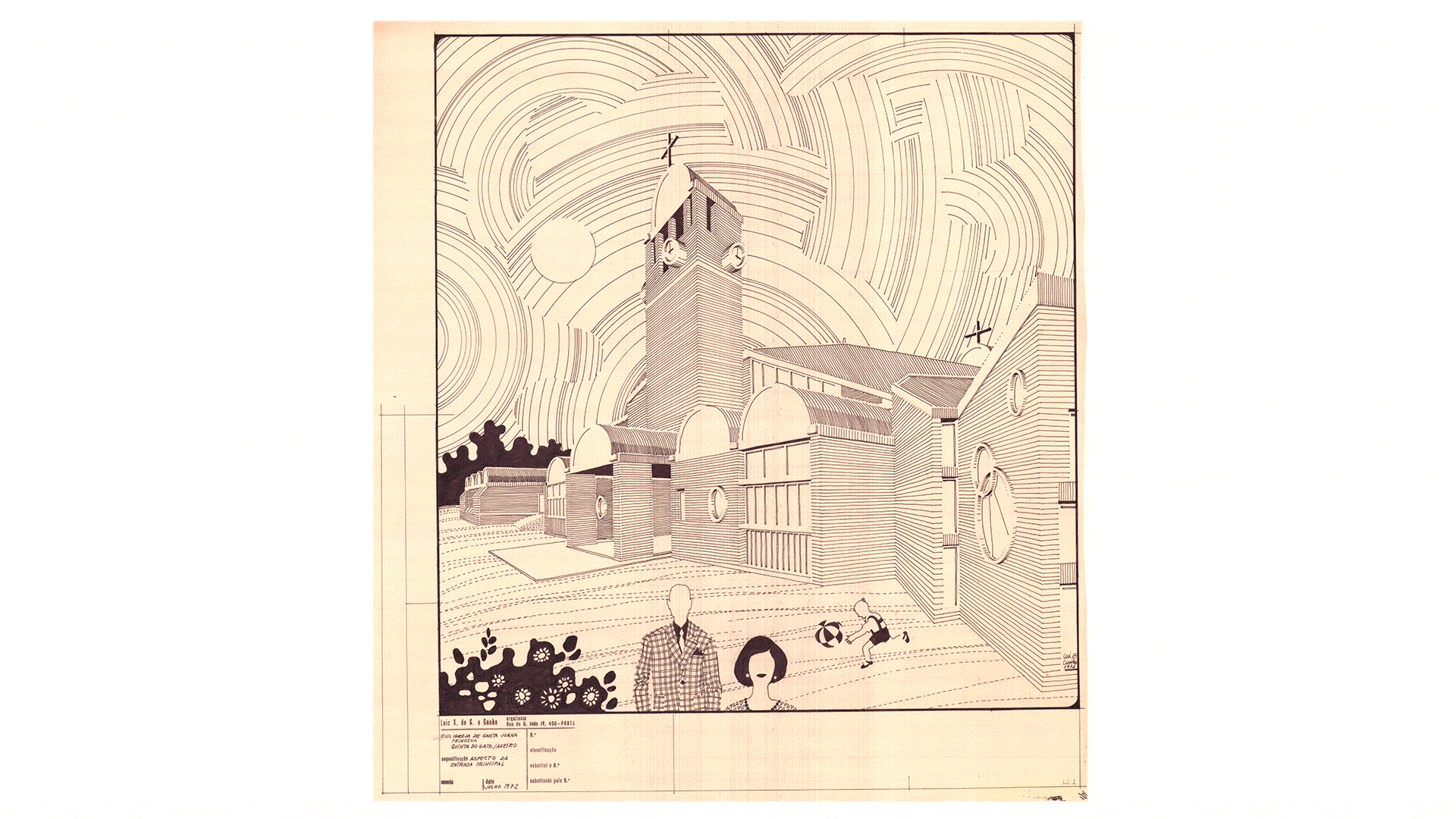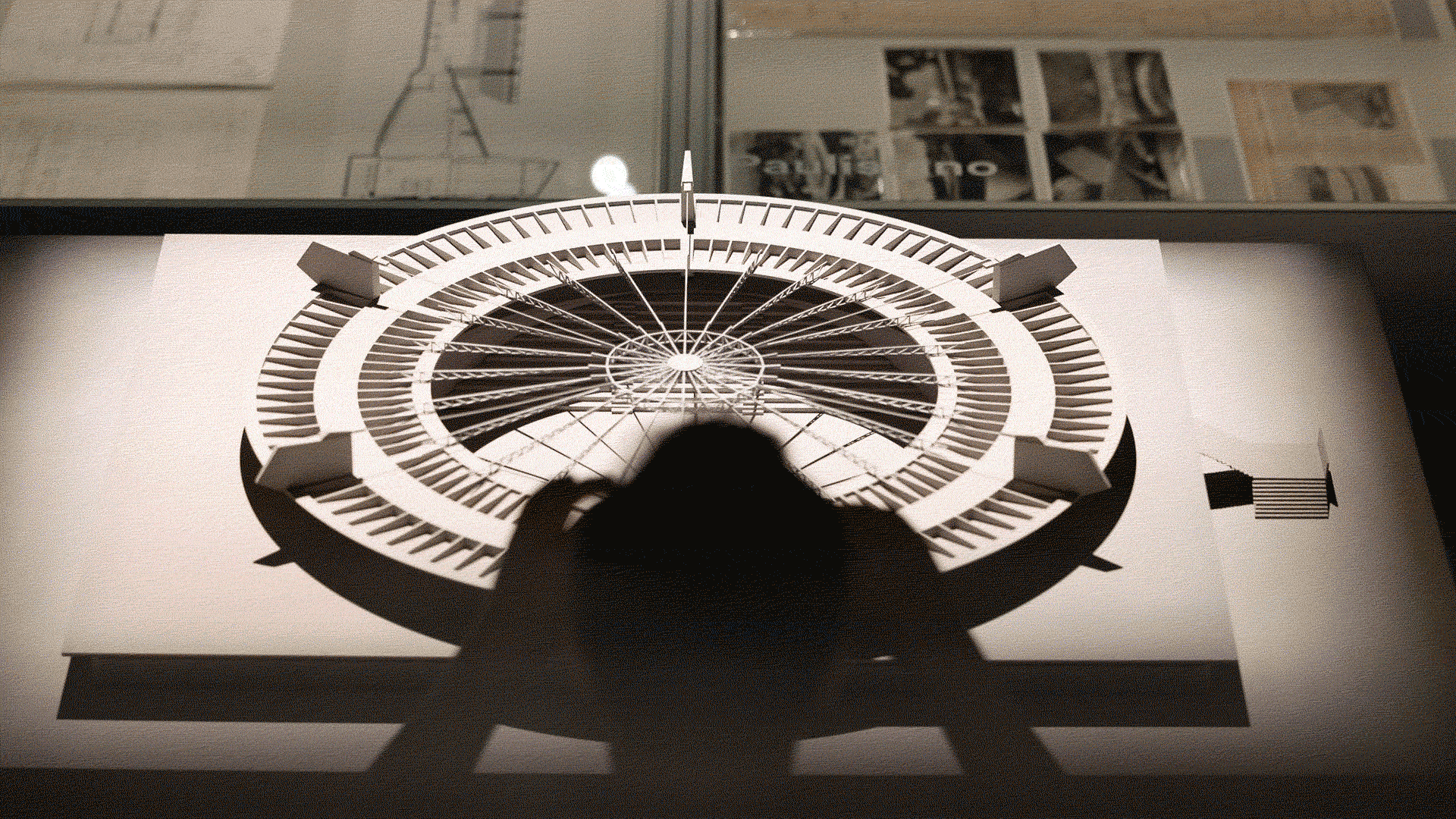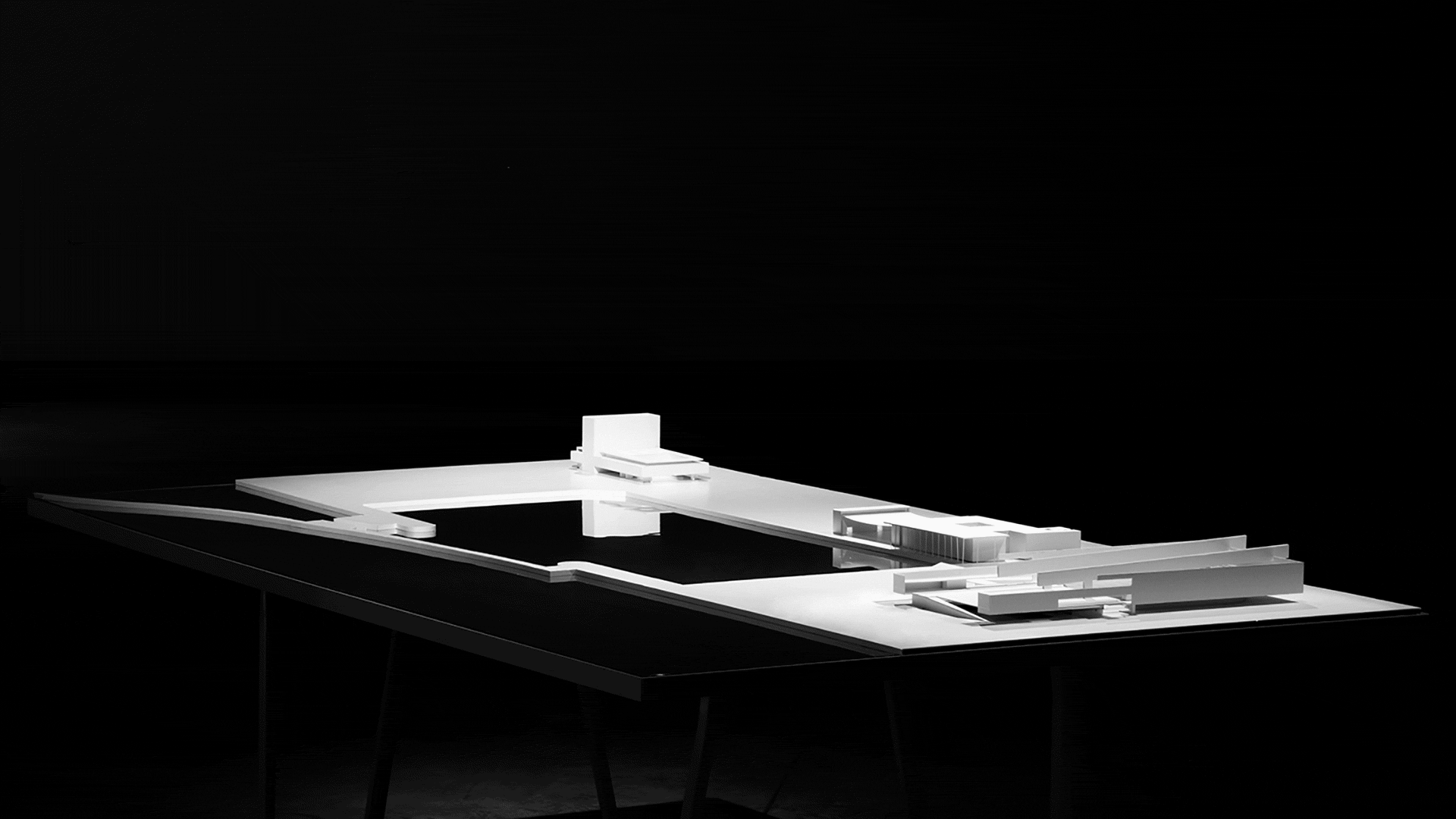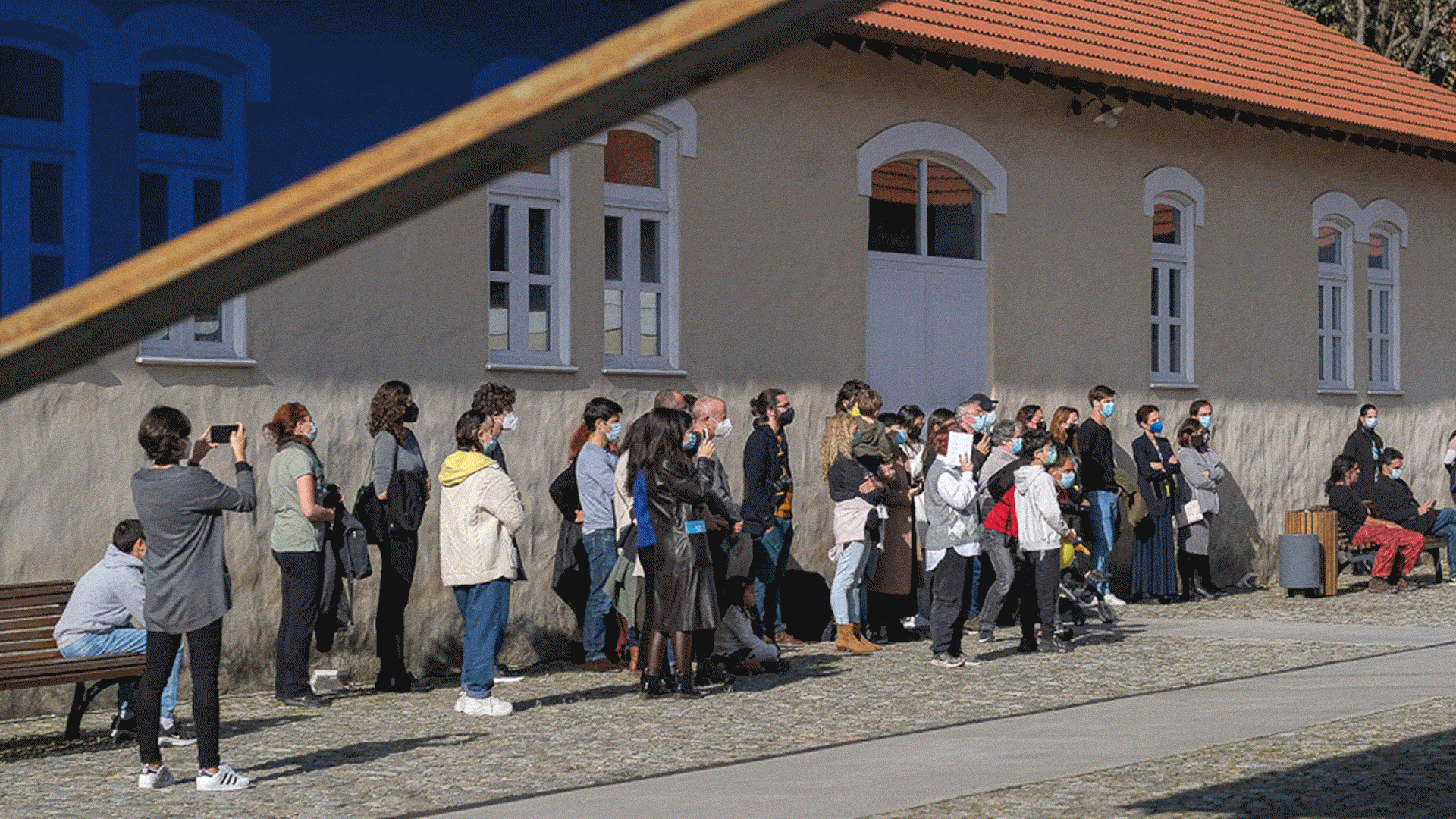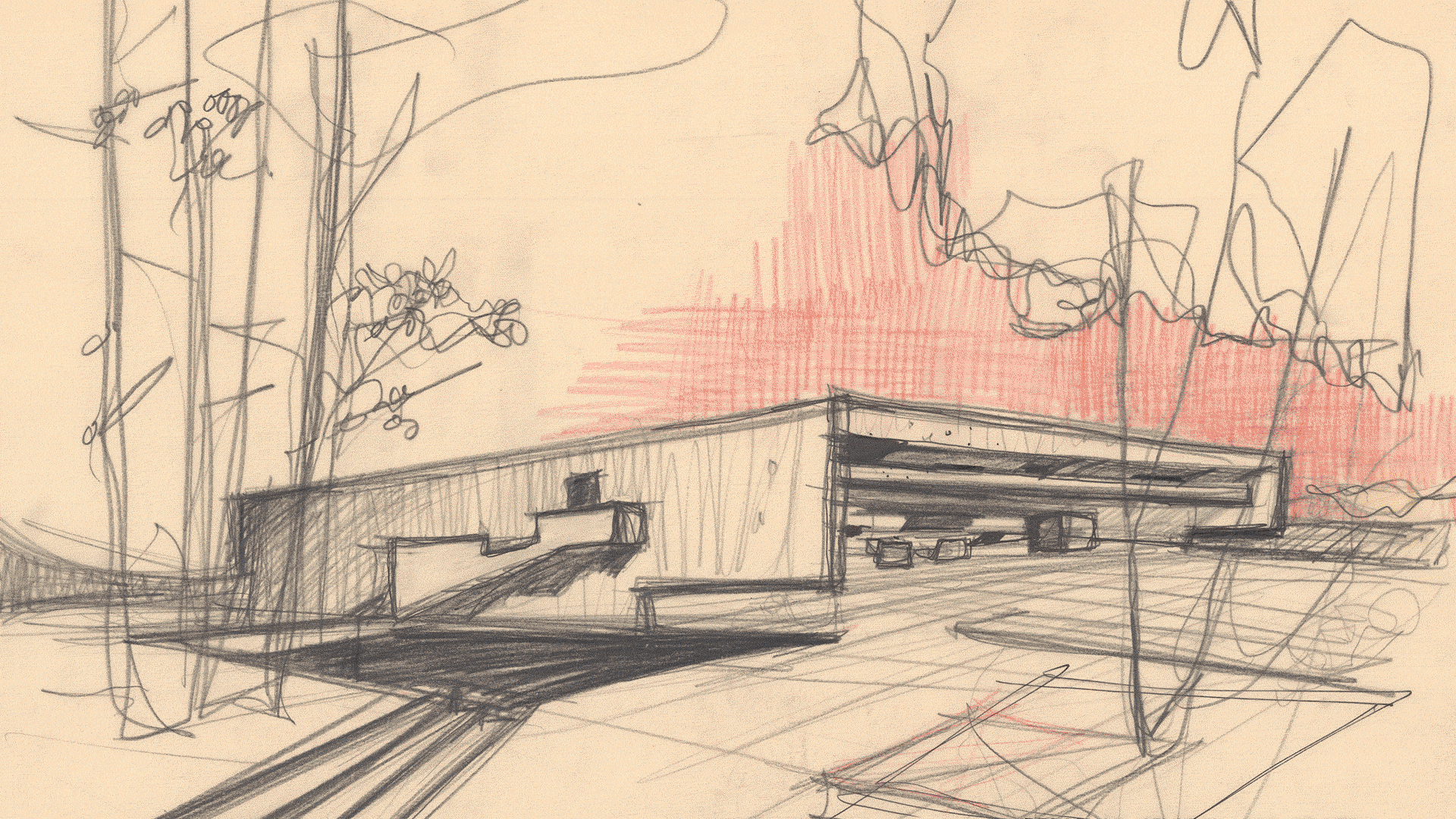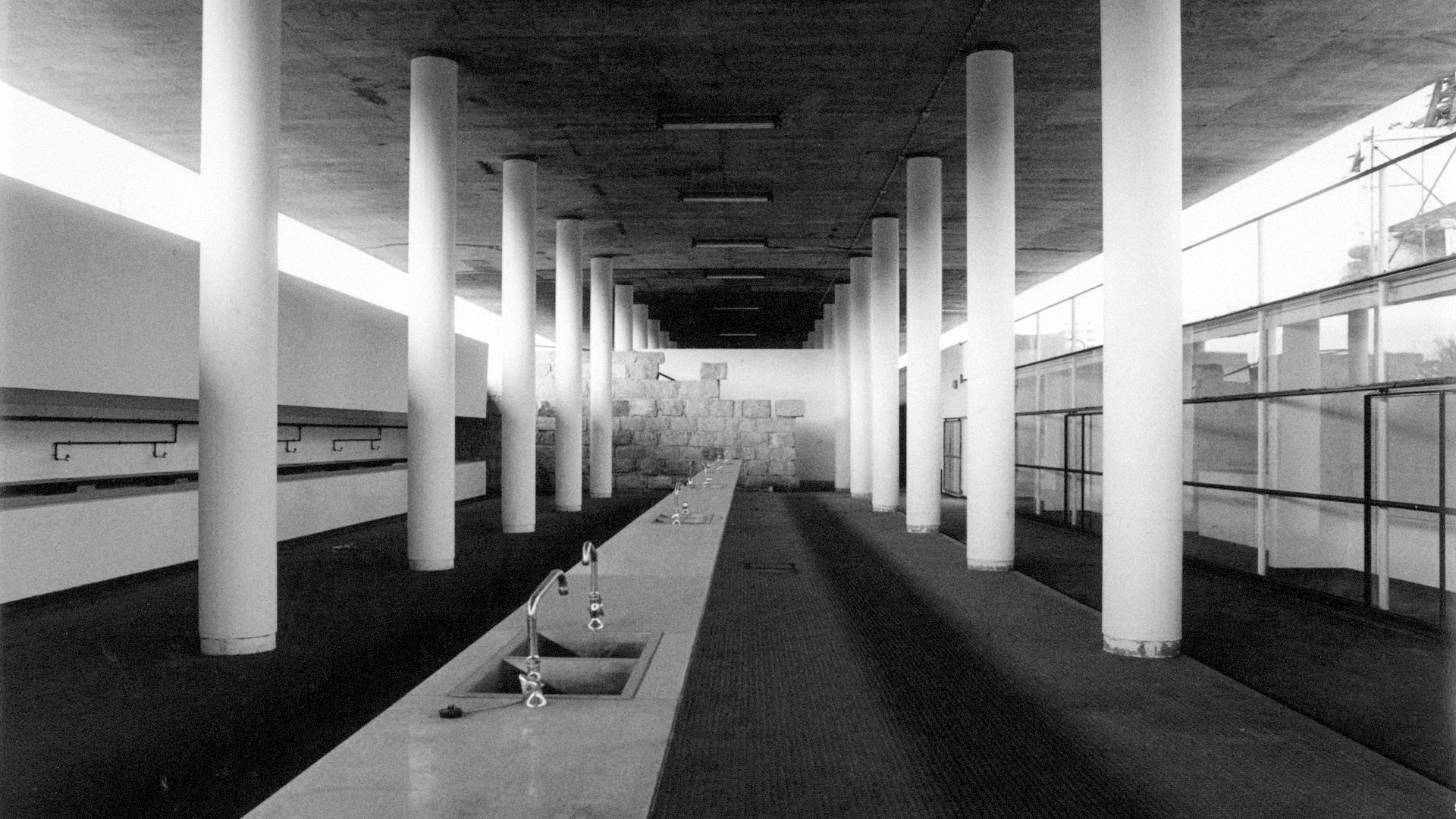Portuguese Architects in the Biennale 1975-2021
May 8–October 10, 2021
Avenida Menéres, 456
4450-189 Matosinhos Matosinhos
Portugal
info@casadaarquitectura.pt
Curated by: Joaquim Moreno and Alexandra Areia
Coorganization: Casa da Arquitectura and DGARTES/Production Casa da Arquitectura
The exhibition Radar Veneza: Portuguese Architects in the Biennale 1975–2021 is the result of a partnership between the Portuguese Ministry of Culture - Directorate-General for the Arts (DGARTES) and Casa da Arquitectura - Portuguese Centre for Architecture. It draws heavily from the deposit in Casa da Arquitectura’s Archive, which covers Portugal’s national representations in Venice, from their debut to the present day.
Radar Veneza
The radar forces objects that were invisible to transmit their position. Through its echoes, it captures the relative positions of agents who might have preferred to remain silent. According to Paul Virilio, the conversion of the radar signal into a radar image splits the warrior's perspective into two superimposed images: the ocular and the electronic, the vision of proximity and the vision beyond the visible, the tele-vision. Calling this exhibition Radar Veneza (Venice Radar) displaces this way of making images to other fields and captures other echoes. Adding a specific time frame—1975-2021—allows us to superimpose the cultural representation of the architecture of a democratic Portugal onto the extended cycle of the autonomous presence of architecture in the Venice Biennale. This mechanism’s contradiction is its troubled memory because each new echo erases the previous one, and because the important battles are always the current ones, and the urgencies of the present are continuously updated. Saying “Radar Venice 1975–2021” imagines unknown reflections and enables new research and new perspectives, producing different memory-images of these reverberations and assembling them in a new landscape of successive present-states we call Venice neighbourhood.
Portuguese Architects and the Biennale
Like the historical cycle of Portuguese democracy it surveys, this mechanism also promotes the transparency of the positions and movement vectors of Portuguese architects, recording them autonomously through their involuntary echoes. The tele-vision beyond the Portuguese horizon of this radar, the counter-field of the Biennale's gaze on Portuguese architects, complements the field of national representations of the original documentary archive DGARTES deposited at Casa da Arquitectura. A double echo is thus constructed: the echo of transformations of the Venice Biennale and the attention it pays to Portuguese architects, and the echo of the mechanisms of representation that Portugal activates to be represented.
The research is organised in three planes: a timeline—the record of all radar pulses—an oral history—letting the protagonists of the events speak for themselves—and the Venice neighbourhood—a field of developed drawings of the consecutive architectures that took place in Venice. The collaborative timeline is the horizon of all the work, the basal and open record of a history whose significance is only now beginning to be understood. The act of listening, the attention to the voices that witnessed and played a leading role in this history, accumulates in the oral history that has since been deposited at Casa da Arquitectura. For future record, all the Portuguese representations and the installations that Portuguese architects were invited to build at the Biennale were surveyed and drawn at the same scale, in a system of developed surfaces that allows their surfaces and forms to be raised and assembled in a neighbourhood that time forbade.
Radar Veneza's homonym catalogue, with essays by Joaquim Moreno, Alexandra Areia e Léa-Catherine Szacka, presents 392 pages with 32 transcribed interviews to the protagonists of the Portuguese participations in the Biennale between 1975 and 2021, 24 drawings of the 24 objects/great models presented in the exhibition and a timeline—space for a panoramic view of the transformations, capable to communicate ideas and general contexts of each Biennale and the specific circumstances of each national representation.
It's co-edited and produced by Casa da Arquitectura and co-edited by the Directorate-General for the Arts (DGARTES) with Portuguese and English editions.
